- Satisfied so far
- Useless features

4
·
Average

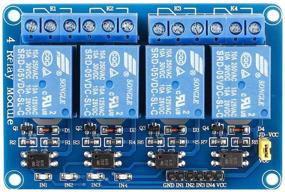
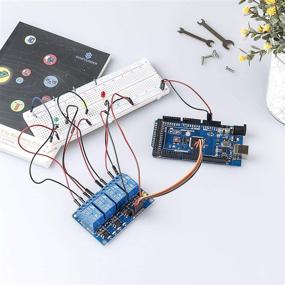

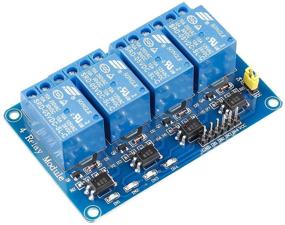

🔌 Bussmann GMA 5A Acting Cartridge Listed: Reliable and Efficient Cartridge Fuse for Your Automotive Needs

7 Review
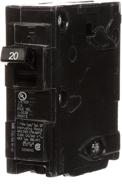
⚡ 20 Amp Single Circuit Breaker for Q120

8 Review
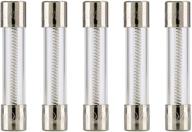
🔌 Bussmann MDL 2 Glass Delay Slow Blow

8 Review
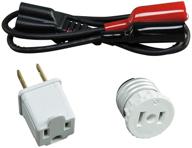
🔌 Enhance Your Electrical Work with Klein Tools 69411 Accessory Adapters

7 Review